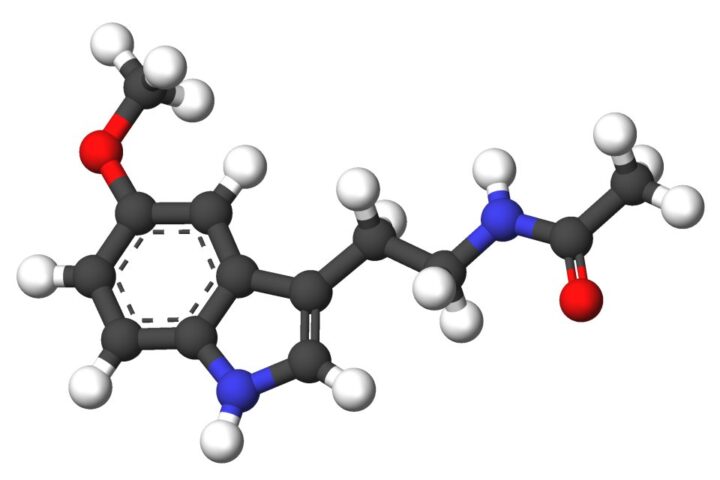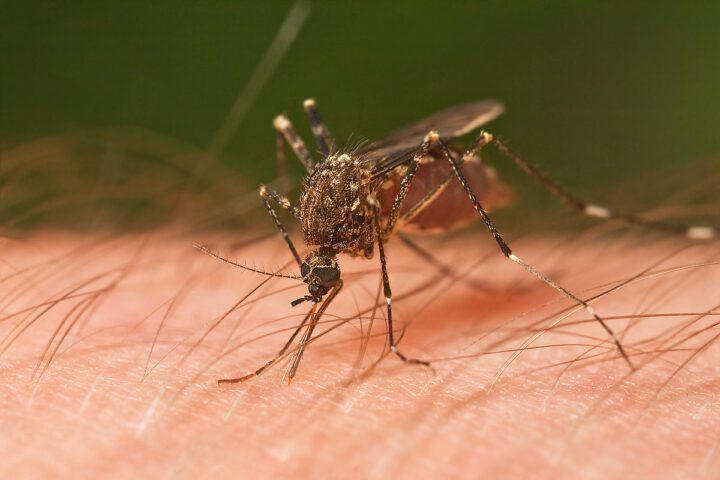Persistent pain a year after suffering a heart attack can increase your risk of dying early by up to 70%, matching the danger levels of smoking, diabetes, and high blood pressure, according to groundbreaking research from Uppsala University.
The study, one of the largest of its kind, followed almost 100,000 heart attack survivors for up to 16 years through Sweden’s national SWEDEHEART registry. Researchers found that 43% of patients reported experiencing mild to severe pain a year after their heart attack.
“We found that patients with severe pain had up to a 70 percent higher risk of dying during the follow-up compared with those who had no pain. This puts pain as a risk factor on par with smoking and high blood pressure,” says Lars Berglund, adjunct professor at Dalarna University and affiliated with Uppsala University.
Most surprising was that this increased death risk applied regardless of where the pain occurred in the body – not just chest pain – suggesting that persistent pain anywhere should be taken seriously after a heart attack.
The findings challenge traditional cardiac care approaches that often overlook pain unless it’s in the chest. Even younger patients of normal weight without other health problems showed higher death rates if they reported ongoing pain a year after their heart attack.
“We demonstrate that even younger, normal-weight patients without other symptoms who reported having pain had an increased risk of death. This also applied to those who did not have chest pain, which suggests that persistent pain – regardless of where on the body – is a risk often overlooked in cardiac care,” states Johan Ärnlöv, professor at Dalarna University and Karolinska Institutet.
Pain can interfere with recovery in multiple ways. It often limits physical activity necessary for heart health and decreases motivation for lifestyle changes – factors that can worsen heart disease outcomes.
Similar Posts
Since 2019, the World Health Organization has classified chronic pain as a disease in its own right, rather than merely a symptom. The Swedish researchers believe it’s time for the medical community to recognize persistent pain as an independent risk factor for heart patients.
“We need to more strongly recognize chronic pain as a risk factor for premature death, not simply a symptom. This study will increase understanding of how pain affects long-term prognosis subsequent to a heart attack,” Berglund explains.
The findings have important implications for heart attack survivors and their healthcare providers. Regular pain assessments during follow-up care could identify high-risk patients who might benefit from more aggressive pain management strategies.
This research expands on a smaller 2023 study by the same team that included 18,000 patients with an eight-year follow-up. The current study’s larger sample size – five times greater – provides stronger evidence of the link between long-term pain and premature death after heart attacks.
These findings suggest that asking about pain – any pain – should become a standard part of heart attack follow-up care, alongside traditional risk factor assessments.
The study was conducted through collaboration between Dalarna University, Region Dalarna, and Uppsala University with funding from the Swedish Research Council. Results were published in the scientific journal IJC Heart & Vasculature.



















